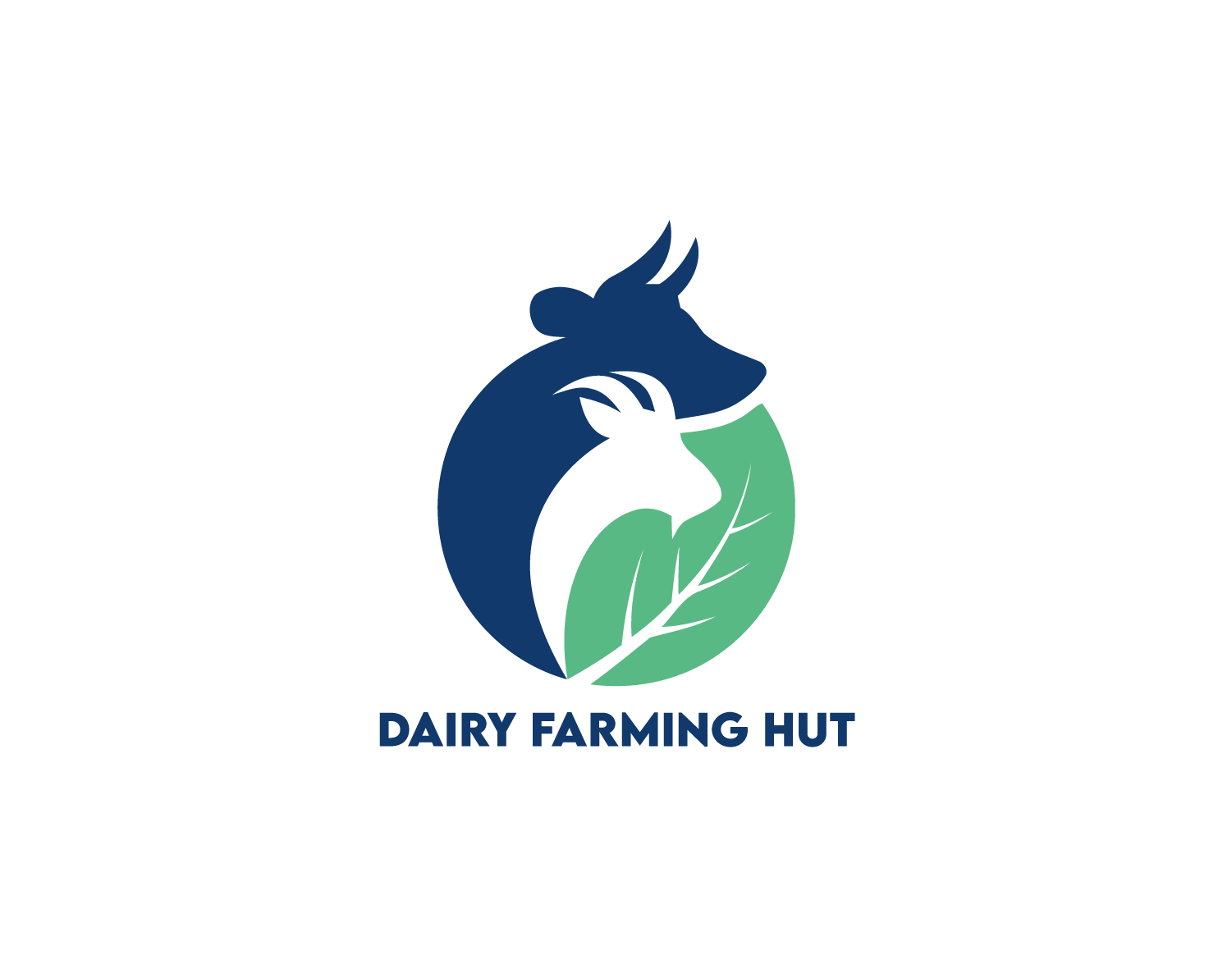Mini dairy cows are small-breed dairy cattle half the size of standard milk cows. As the name implies, they are miniature cattle bred to maturity but smaller than full-size cows. The traditional mini cow has an average height of 36 to 42 inches. Still, it is not uncommon to find miniature cattle measuring 36 inches and below.
Some mini dairy cows are traditional breeds, while others result from years of selective breeding. Whatever the case, miniature cows are growing popular every day, with dairy farmers opting for this breed of cattle.
The reason mini cows are preferred is because of the high-quality milk they produce. Besides, they do not take up much space and are easy to keep. Moreover, miniature cattle are highly adaptable, making them suitable for smaller urban farms.
This post explains everything about mini dairy cattle and what to expect when rearing them.
Popular Mini Dairy Cow Breeds

Mini dairy cows are available in different breeds, colors, and sizes. Examples of the most popular breeds include:
Space Requirements for Mini Dairy Cows
Space is a critical factor in the management of dairy cattle. They require adequate space for pasture. Fortunately, miniature dairy cows do not demand much, and about half an acre is sufficient for grazing.
Mini dairy cows can live comfortably in shaded stalls. They are highly adaptable farm animals that can cope in small properties. They do not require heavy-duty fencing or metal fences like standards, making them a suitable choice for low-budget dairy farming.
One can also tie mini dairy cattle to a heavy item in the yard, allowing the cows to roam freely within a designated area. Moving the tied cattle is easy, and it lets them consume various nutrients based on the plants in the specified space.
What is the Average Milk Production of Mini Dairy Cows per Day?
A standard dairy cow can produce anywhere from 6 to 10 gallons daily. This amount is unmanageable and likely to lead to wastage. However, this is not the case with mini dairy cattle. Miniature cows produce less milk since they are significantly smaller and do not feed much.
The average milk production of mini dairy cows is 2 to 4 gallons per day, enough to feed the entire family. The milk quality is comparatively better as it contains 4.9 percent butterfat. It is suitable for making butter and cheese, minimizing unnecessary wastage. Some families may have more milk left to give to friends and neighbors.
Care for Mini Dairy Cows
Mini dairy cows are low-maintenance animals, meaning they do not require much care and attention. They eat 2-4% of their body weight every day, with a daily water intake of about 3 to 30 gallons, depending on age, weight, body size, and the environment.
Suitable foods for miniature dairy cattle are hay, grain, molasses, and mixed supplements. The amount of feed depends on the weight and age of the cow. For example, a 450-pound dairy cow should consume about 12 to 15 pounds of dry hay, about 3% of its body weight.
The cattle should drink clean water at all times, and one can add 2 cups of apple cider vinegar to improve the cow’s overall health. Apple cider acts as a dewormer and aids in fiber digestion. It also increases milk production and improves quality.
Are Mini Dairy Cows Worth it?
Even though they are more expensive than standard dairy cattle, mini dairy cows are worth every dime. They are more costly because they save money in the long term. After all, they take up less space and are easy to maintain. Moreover, mini cattle eat and drink less than standard dairy cows. They also produce less milk, minimizing unnecessary wastage.
Pros and Cons of Mini Dairy Cows
Pros
Cons
Final Thoughts
Anyone mulling over investing in mini dairy cows should not think twice. These miniature cattle are worth every penny. They are easy to maintain and do not demand too much space. Besides, they eat considerably less food than standard cows, leading to more savings.
Sources:
FAQs About A2/A2 Purebred Mini Jersey Registered Milk Cows & Bulls, Disease-free, Trained Miniature Family Dairy Cattle, North Woods Homestead, Idaho
Mini Milking Cows: What Are Small Breed Milk Cows?
Feeding - Mini Cows
5 Miniature Cattle Breeds for Small Farms
